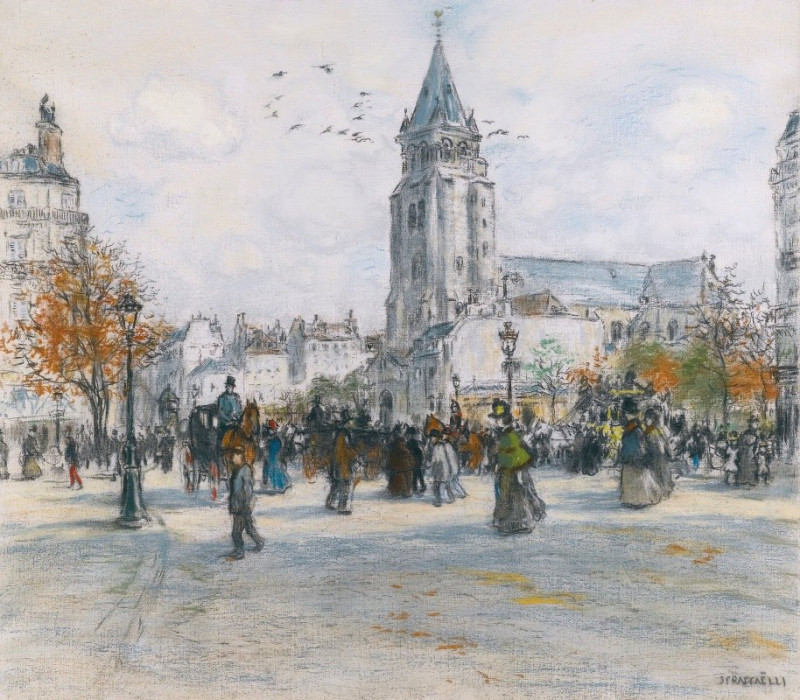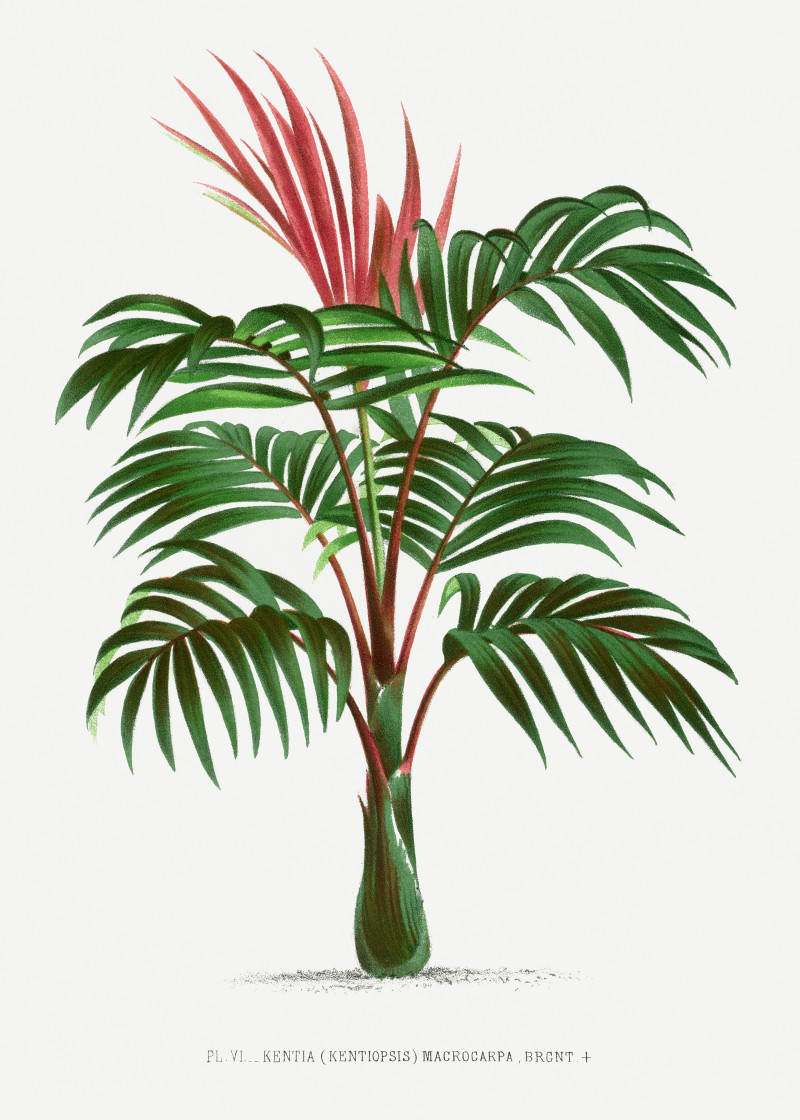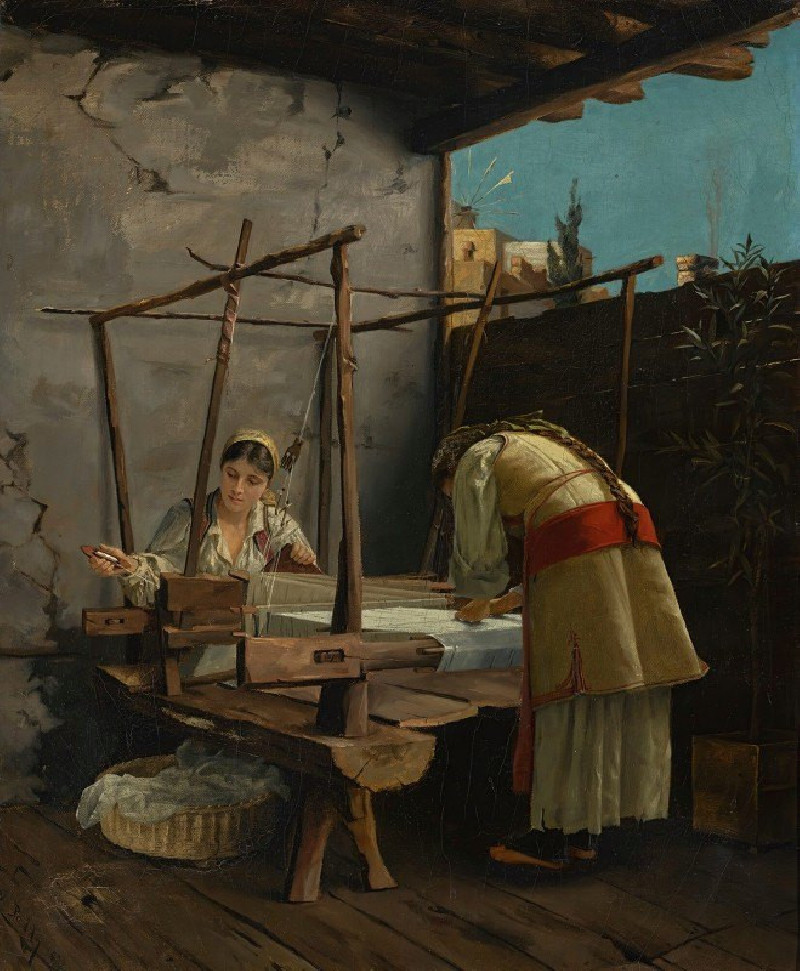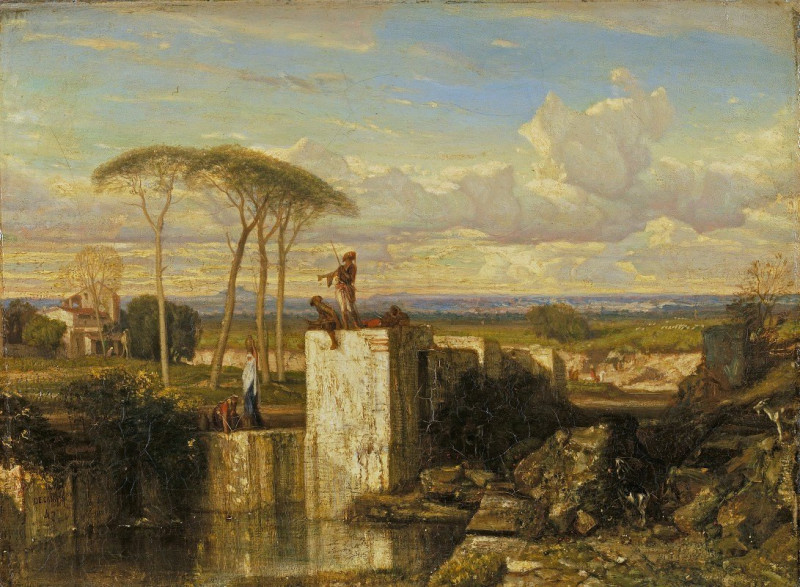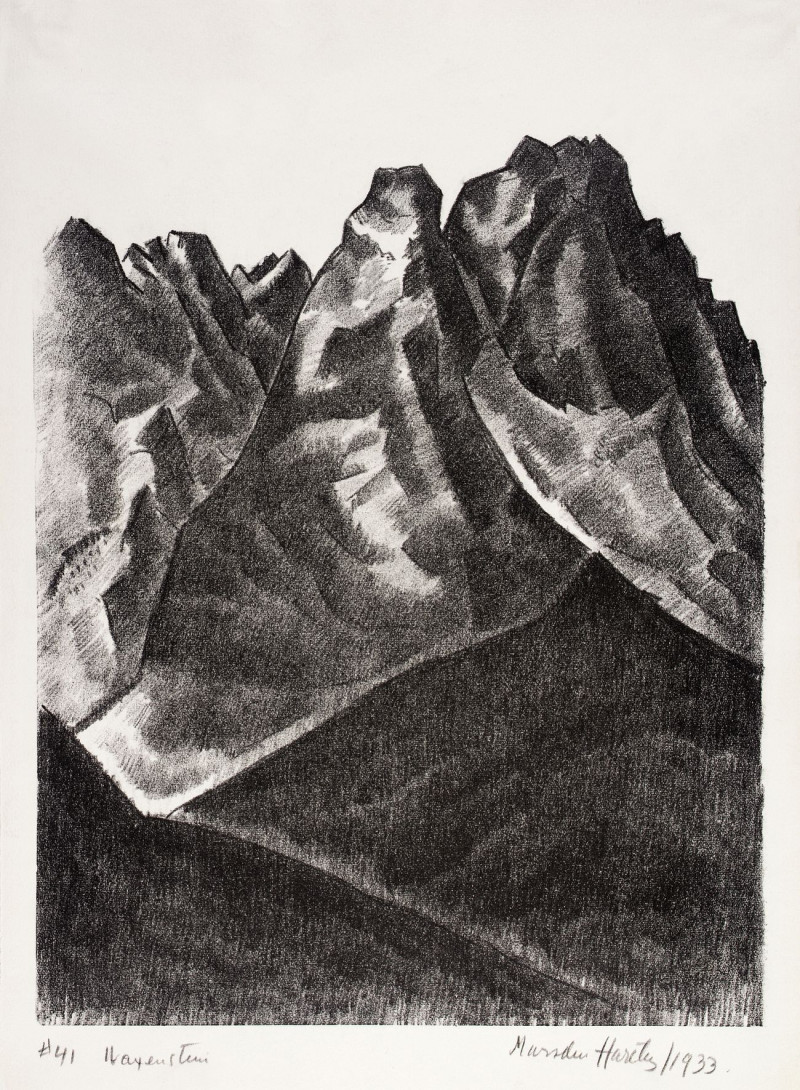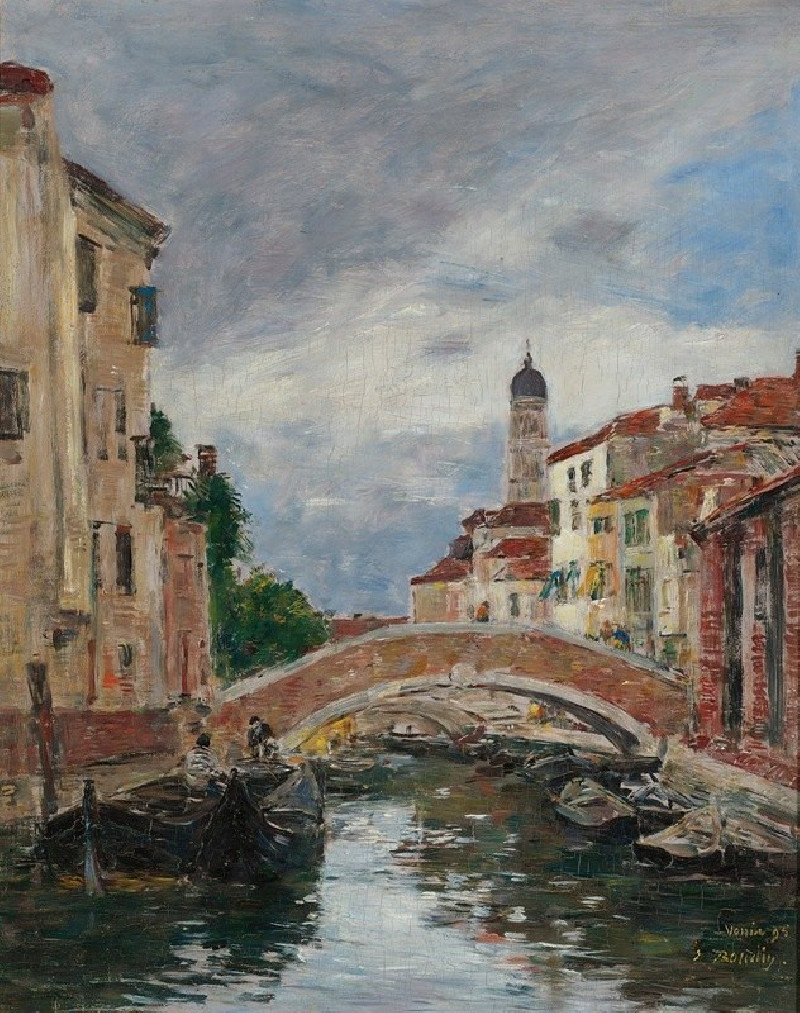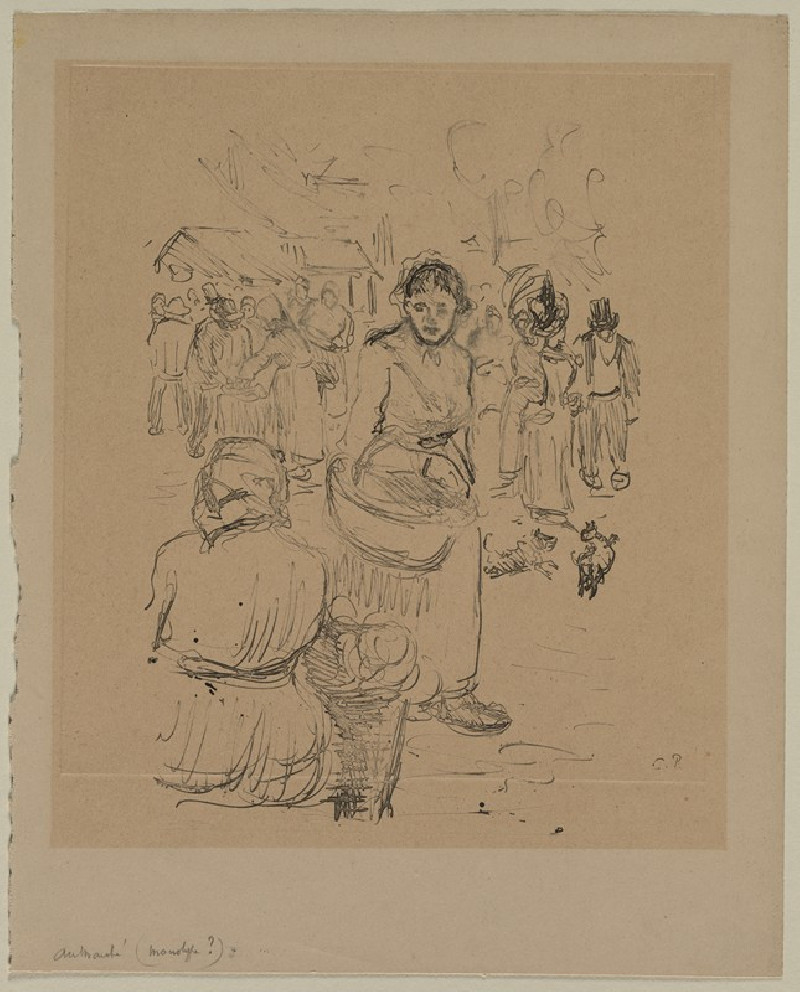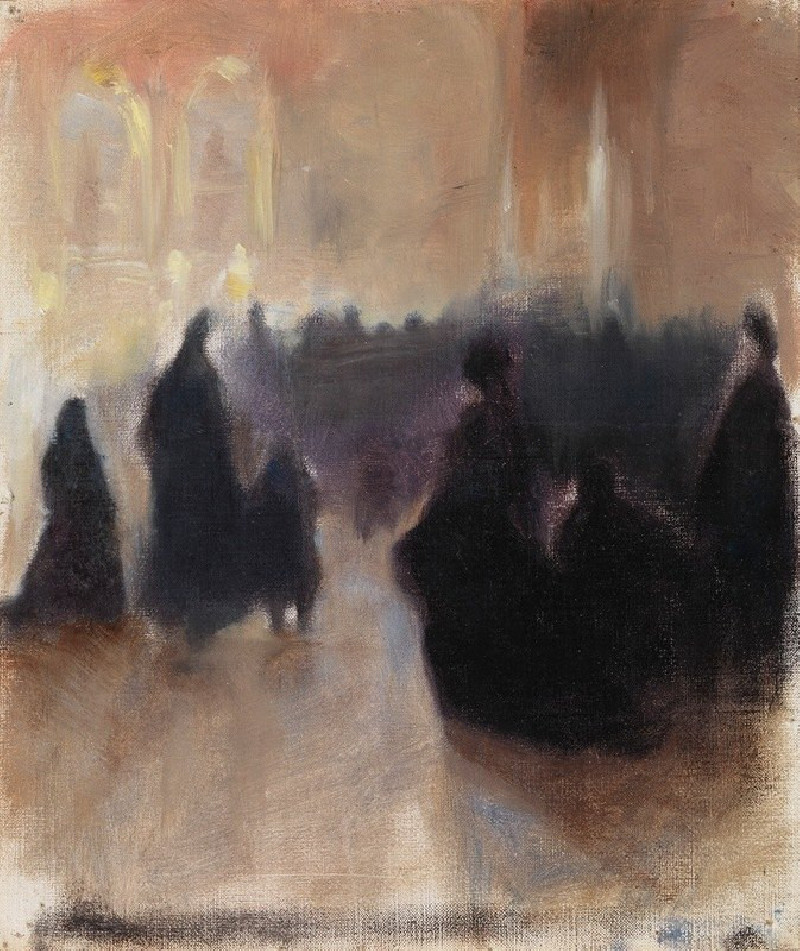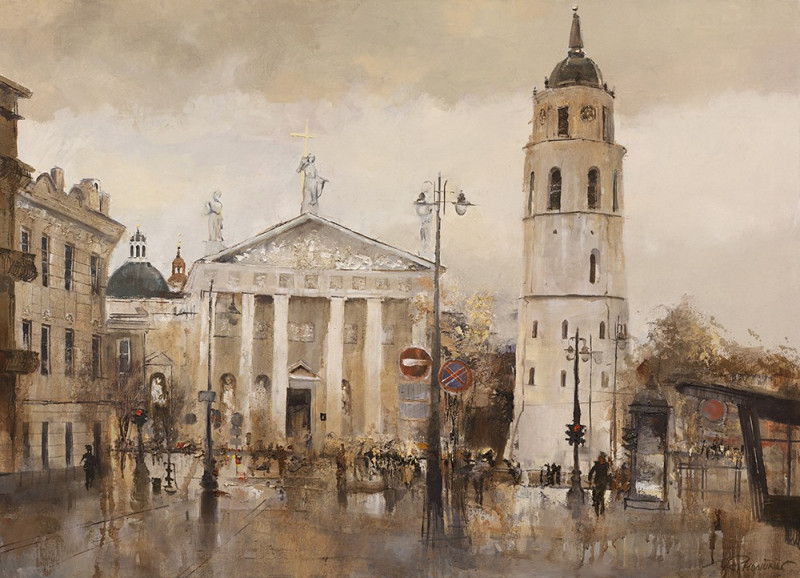Keinen kachō gafu, Pl.14 (1891-1892)
Technique: Giclée quality print
Recommended by our customers
More about this artwork
"Keinen kachō gafu, Pl.14" by Imao Keinen (1891-1892) is a captivating piece from Keinen's series of bird and flower prints, illustrating the natural beauty and delicate balance of Japanese flora and fauna. This particular artwork showcases two birds mid-flight, their bodies artfully adorned with vibrant pink and red plumage that contrasts beautifully against the muted background. The detailed rendering of their feathers and dynamic postures convey a sense of movement and grace, almost as if the viewer can feel the flutter of their wings.Beneath these birds, the composition includes an intricate depiction of plants, where Keinen has carefully illustrated various flowers and leaves with a sense of depth and realism. The subtlety of the colors and the fine lines used to render the plants add to the overall serene and gentle quality of the painting.Keinen's skill in capturing the essence of each element in the scene is evident, making this painting not just a visual treat but also a testament to the artistry of traditional Japanese woodblock printing.

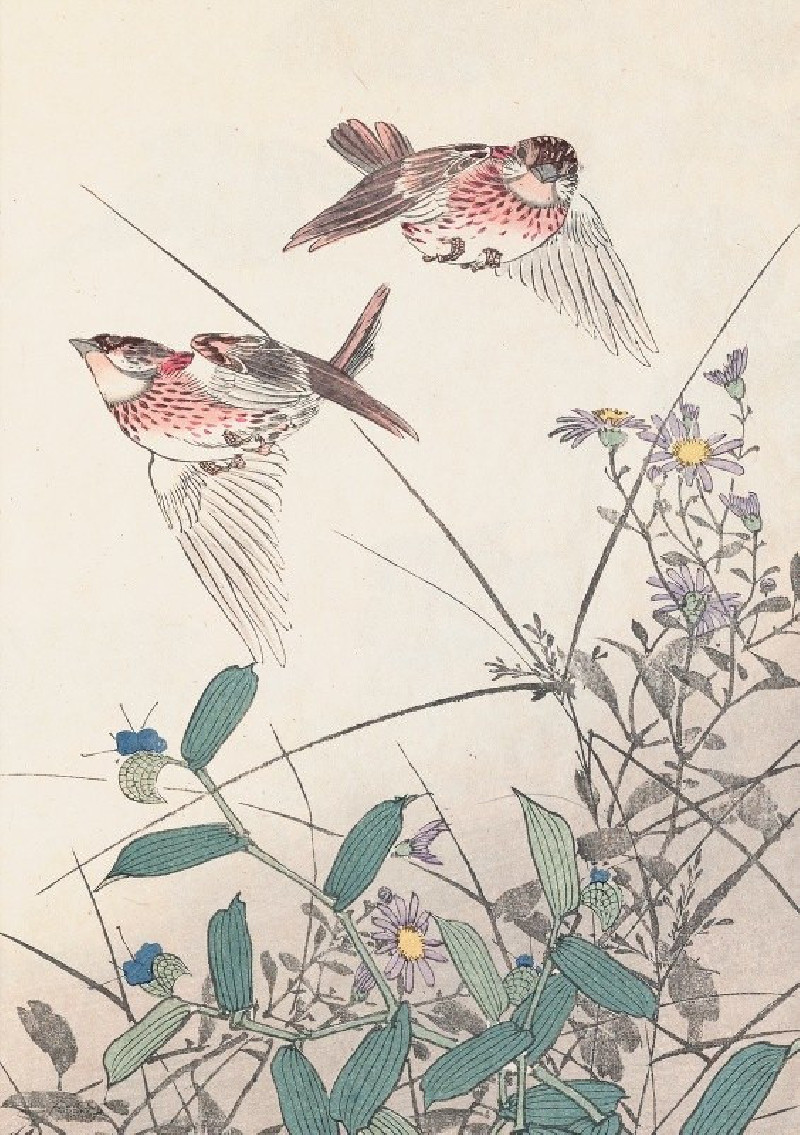
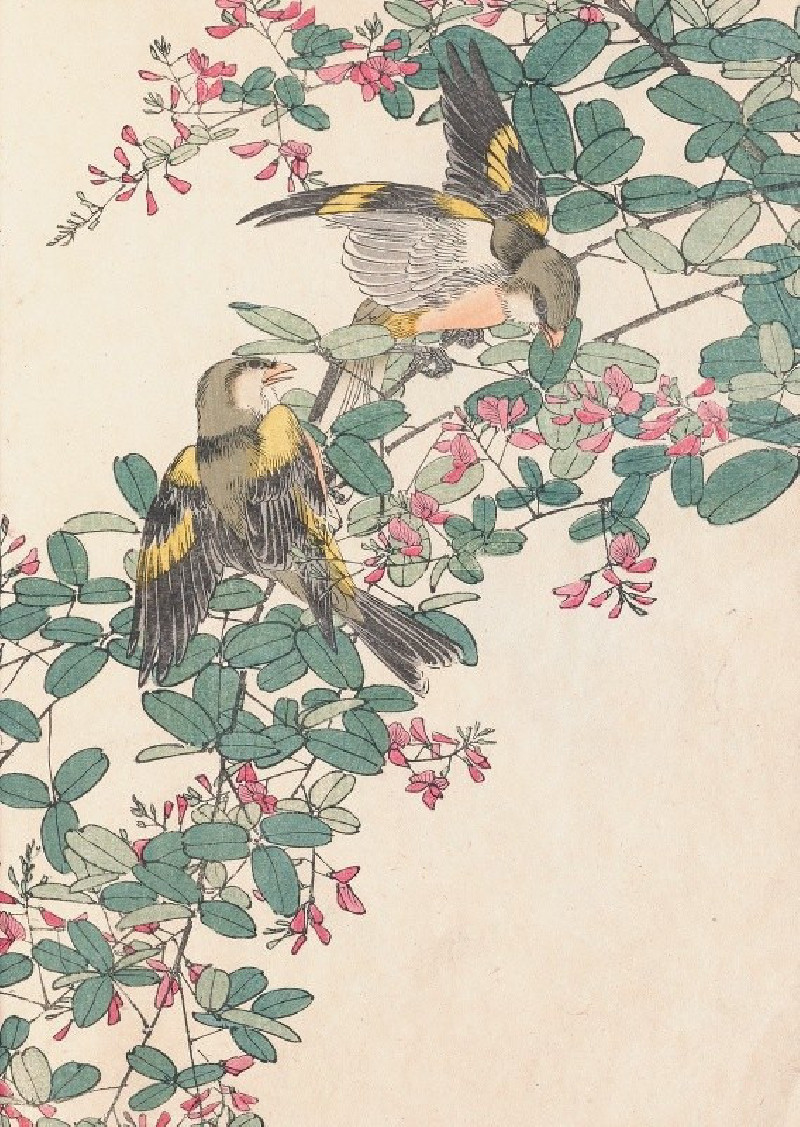
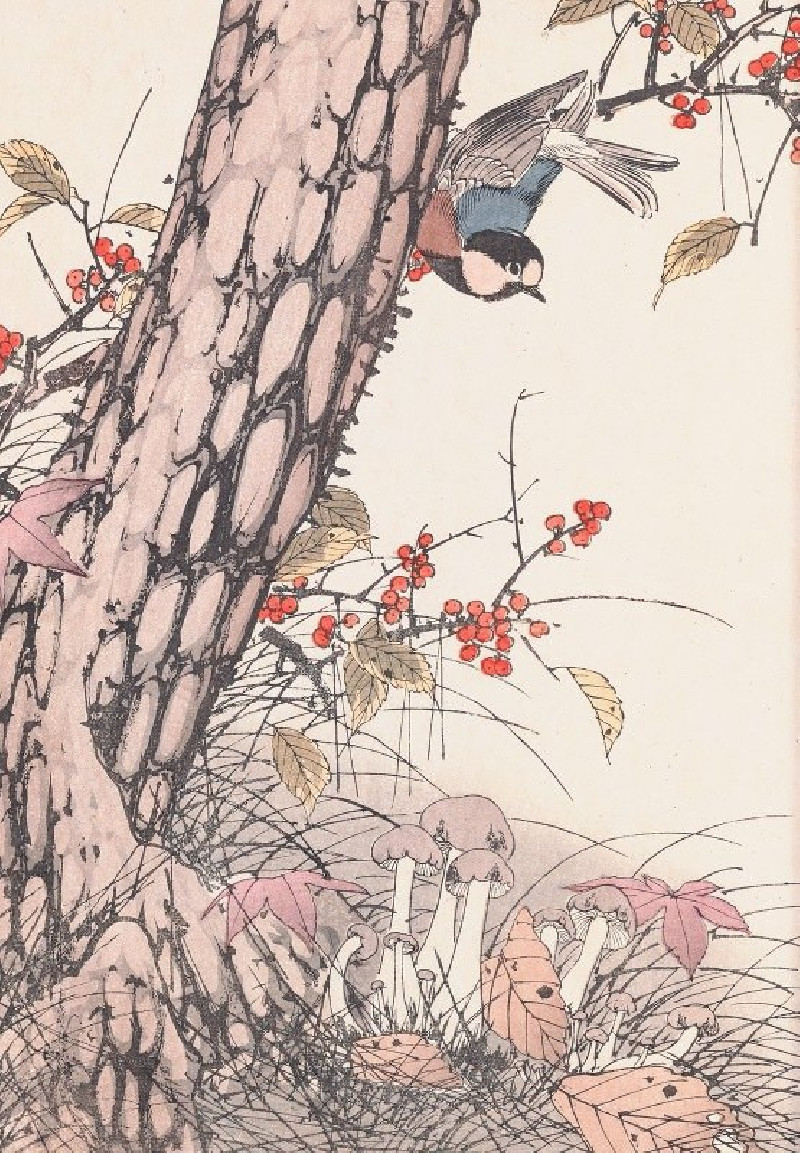
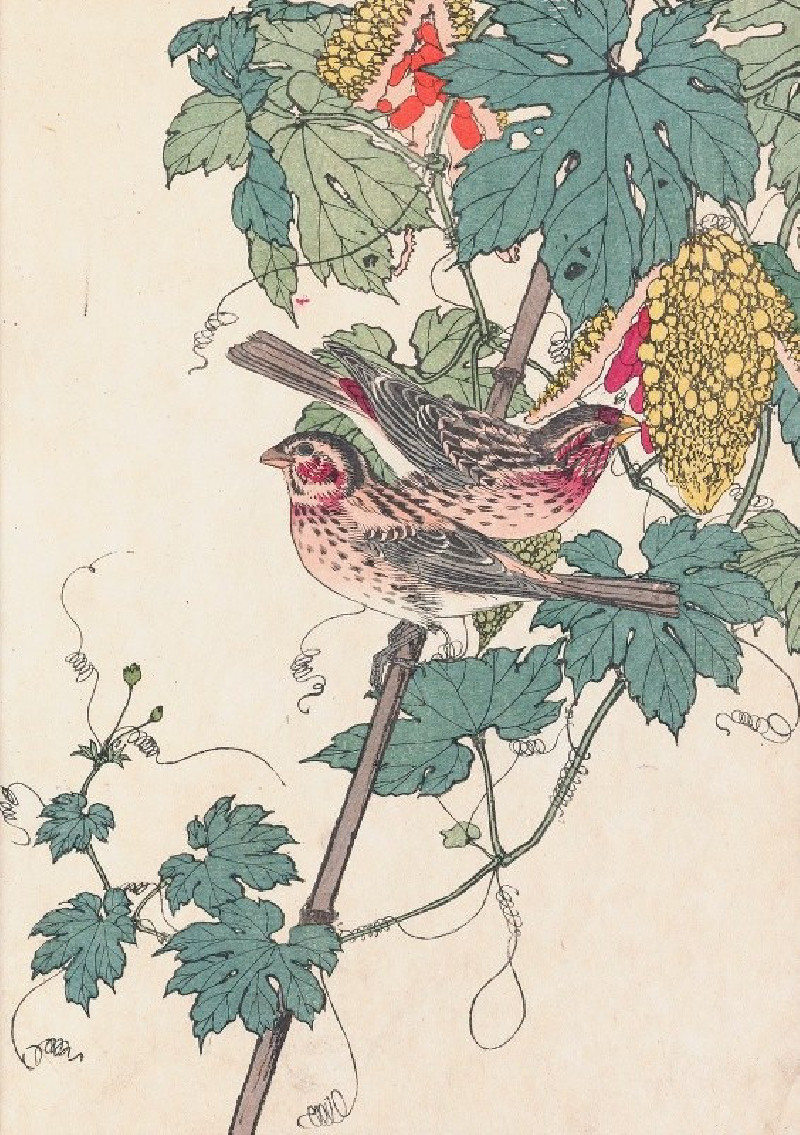

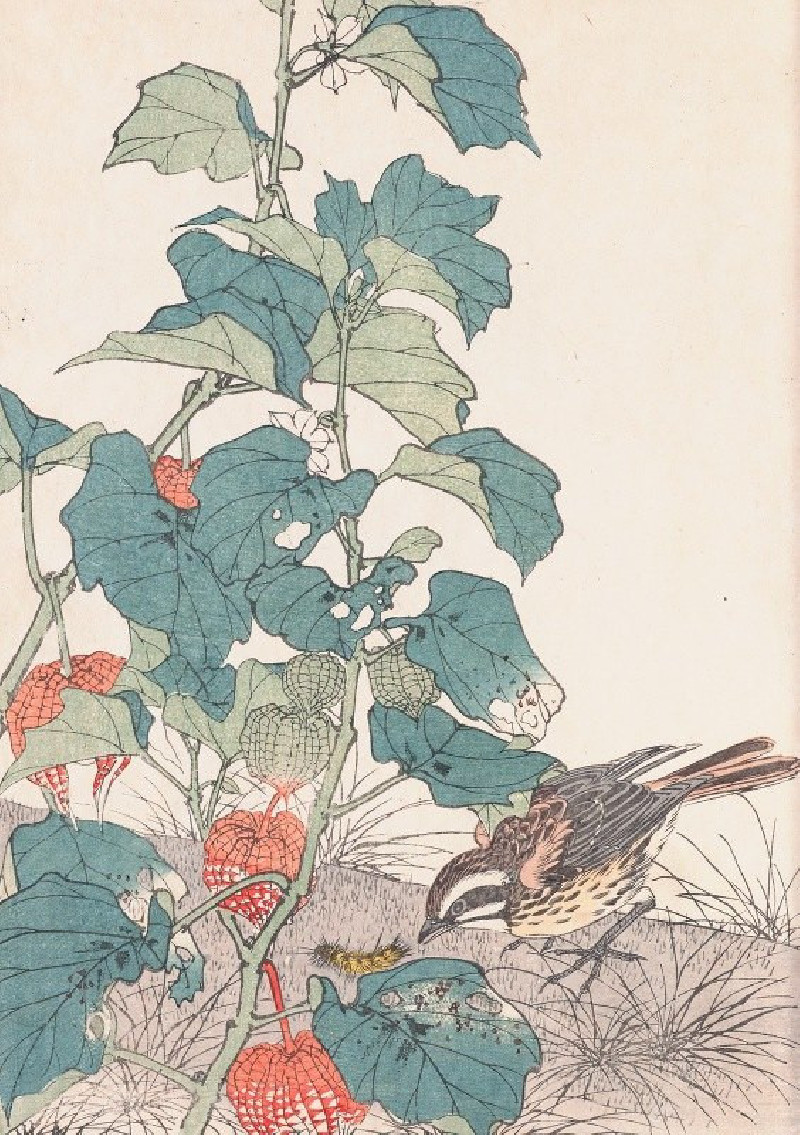
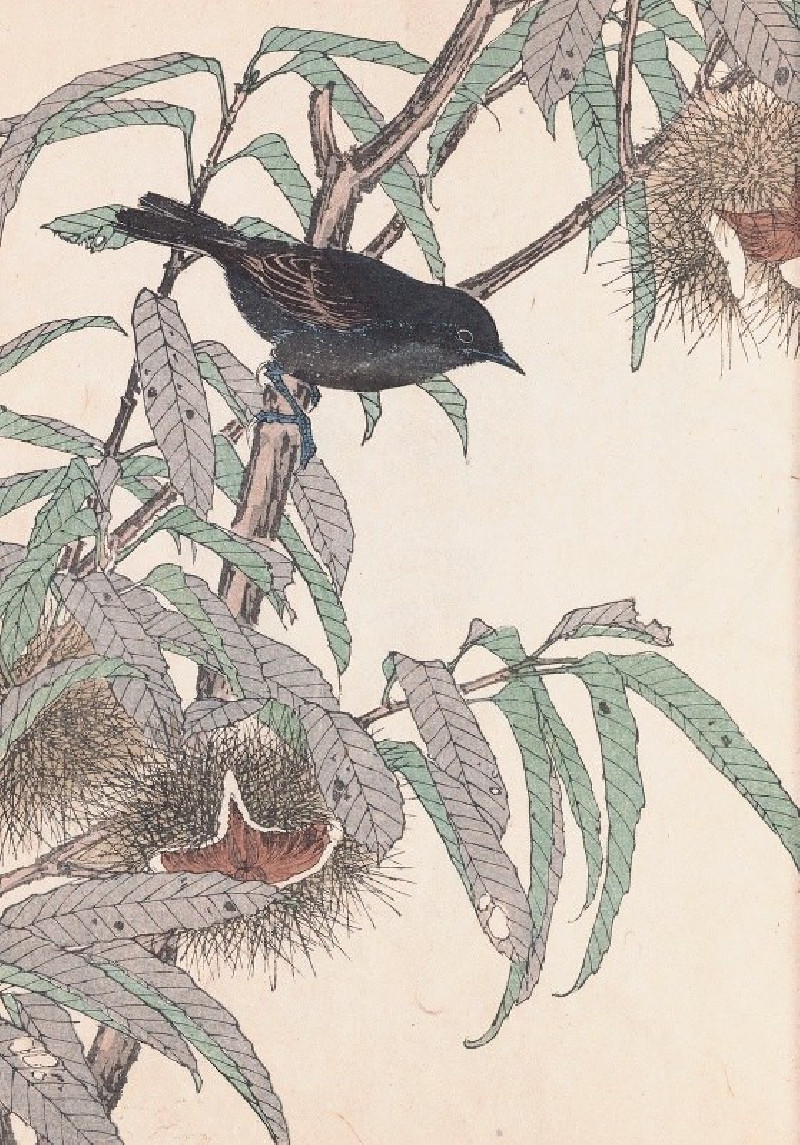
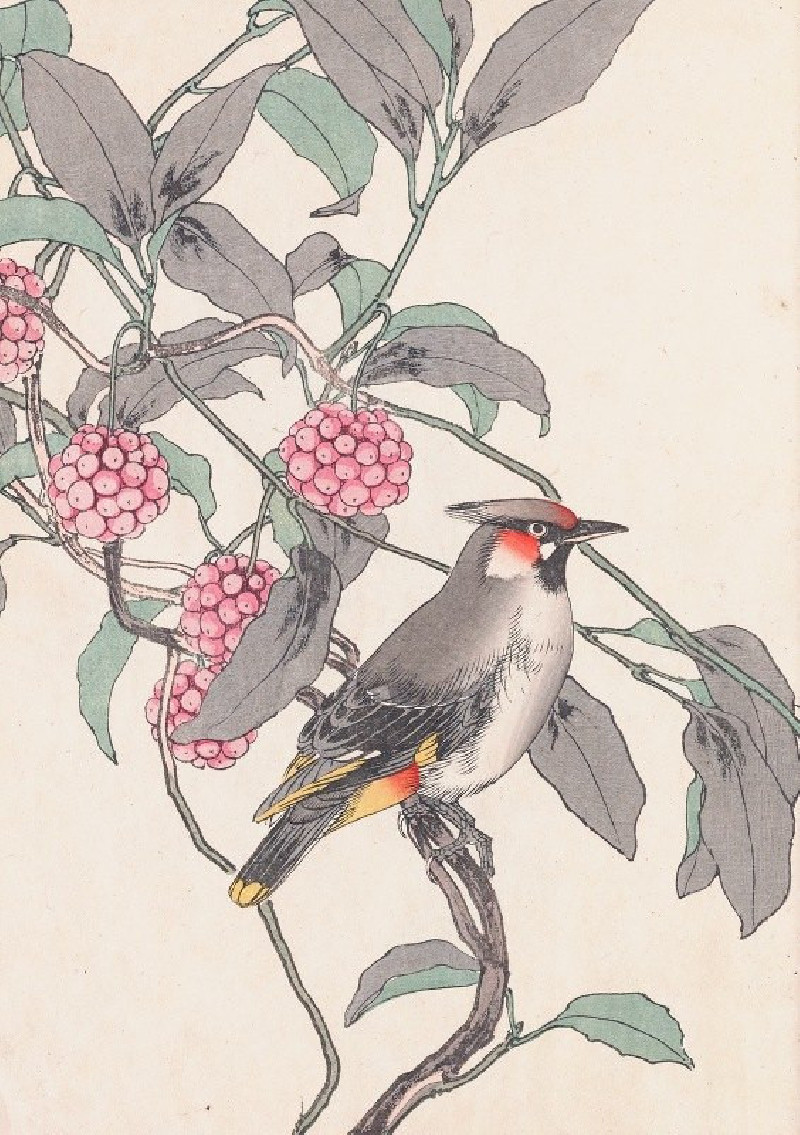
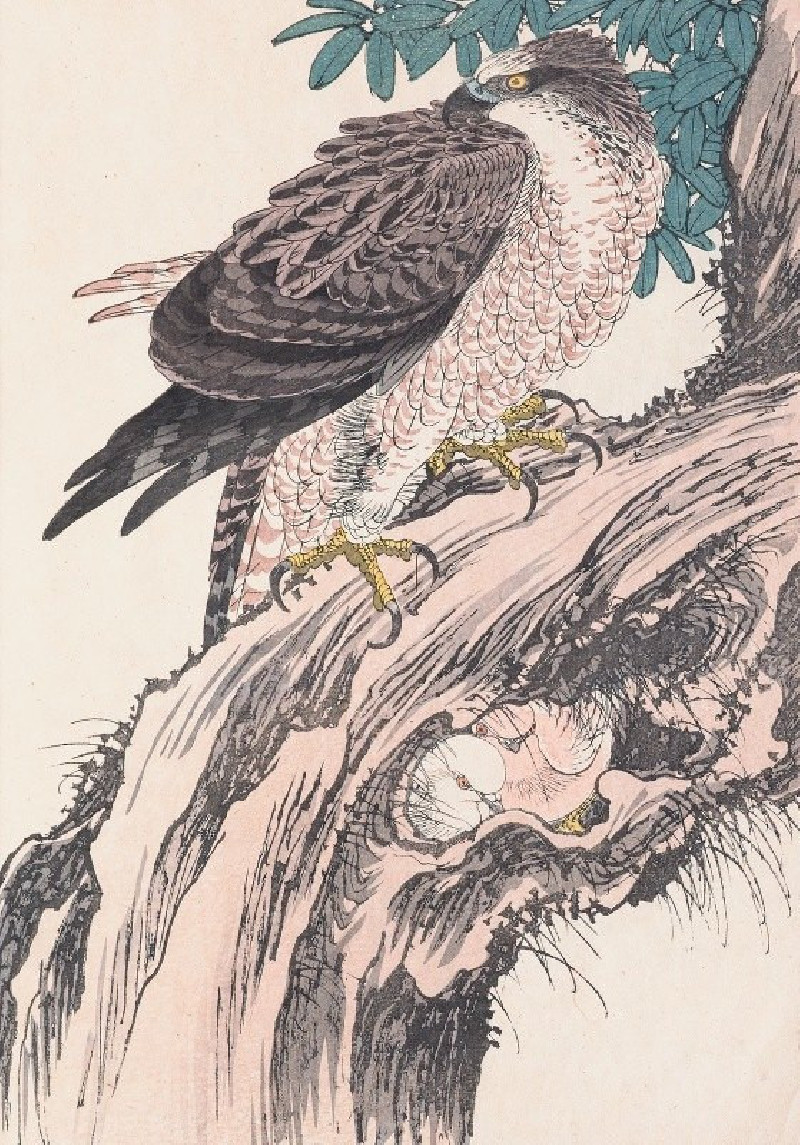

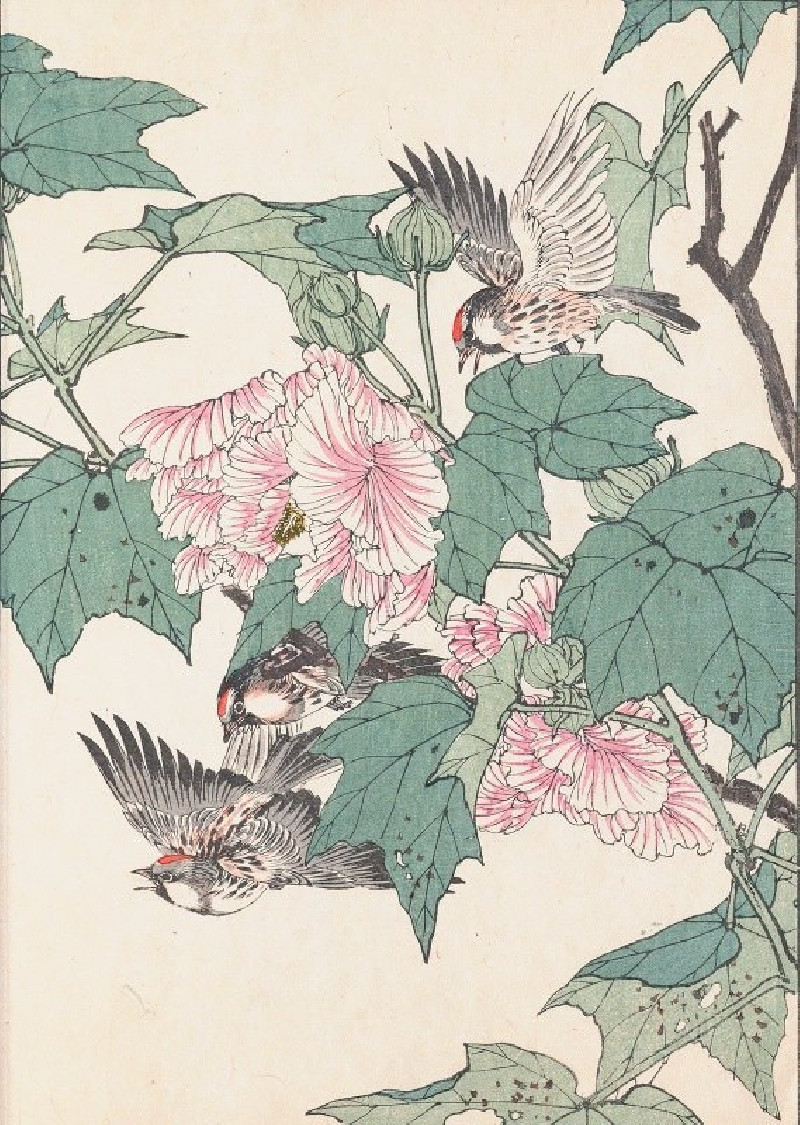
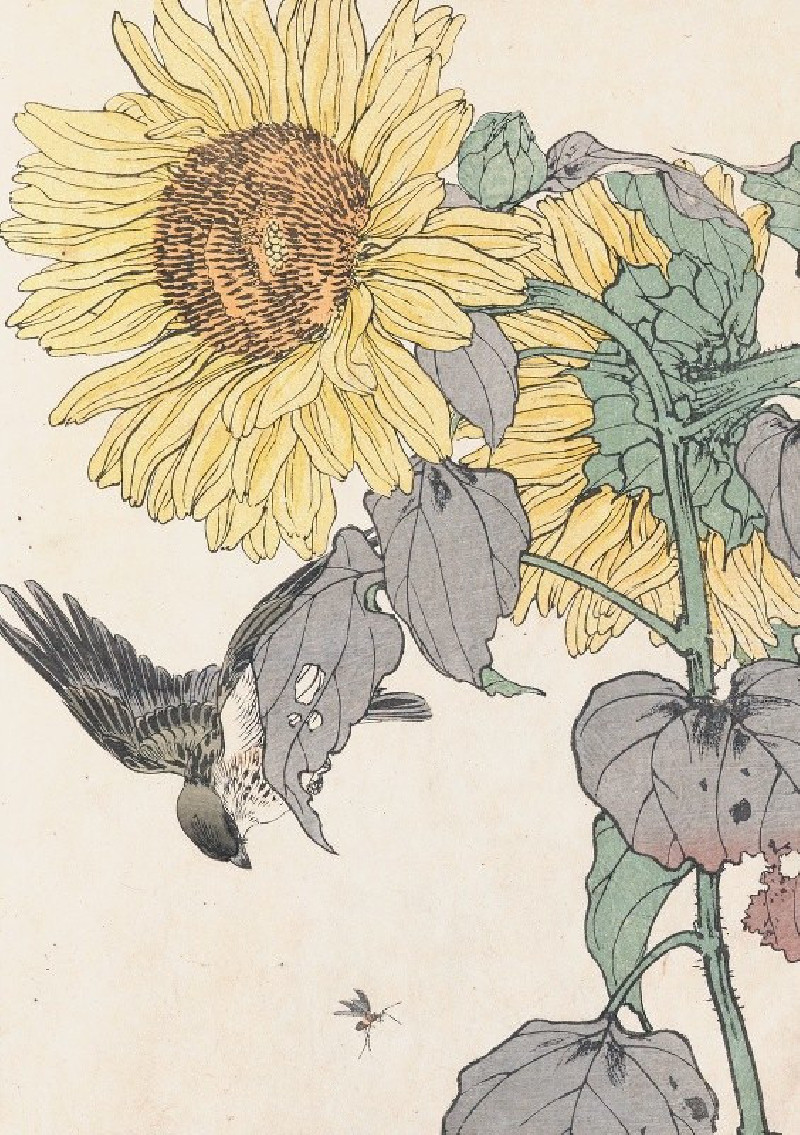
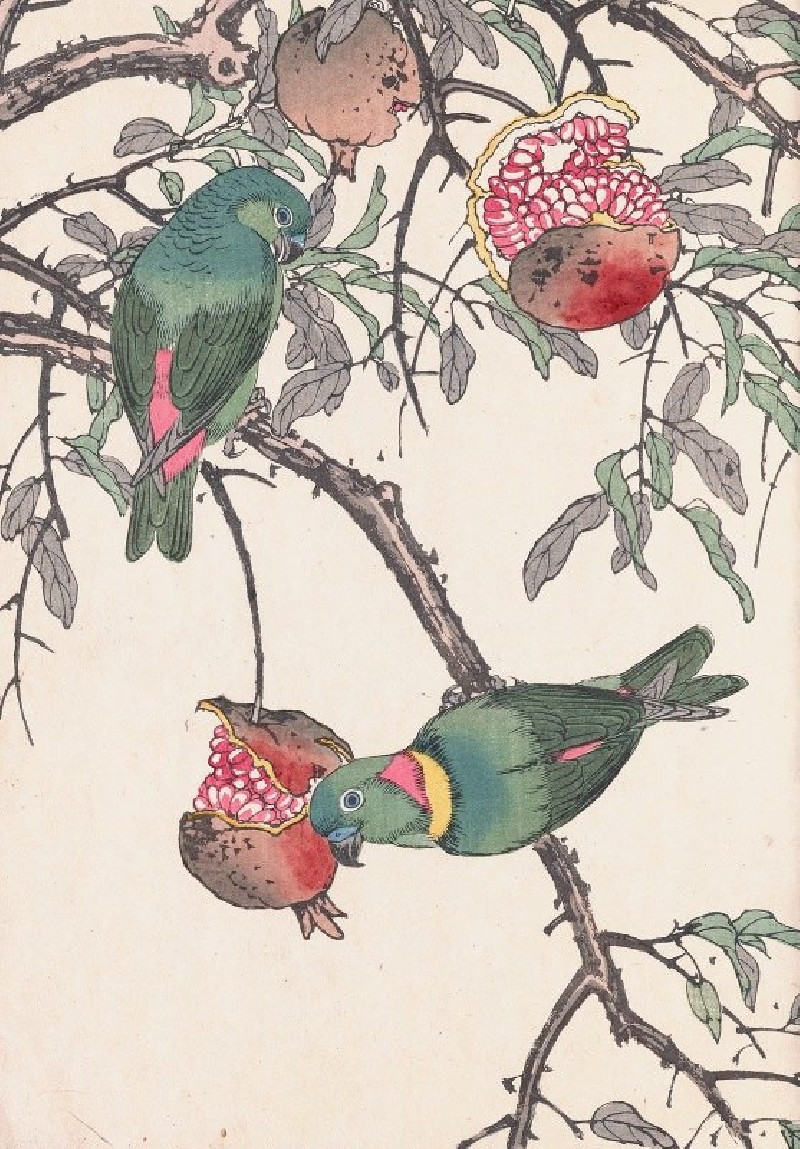
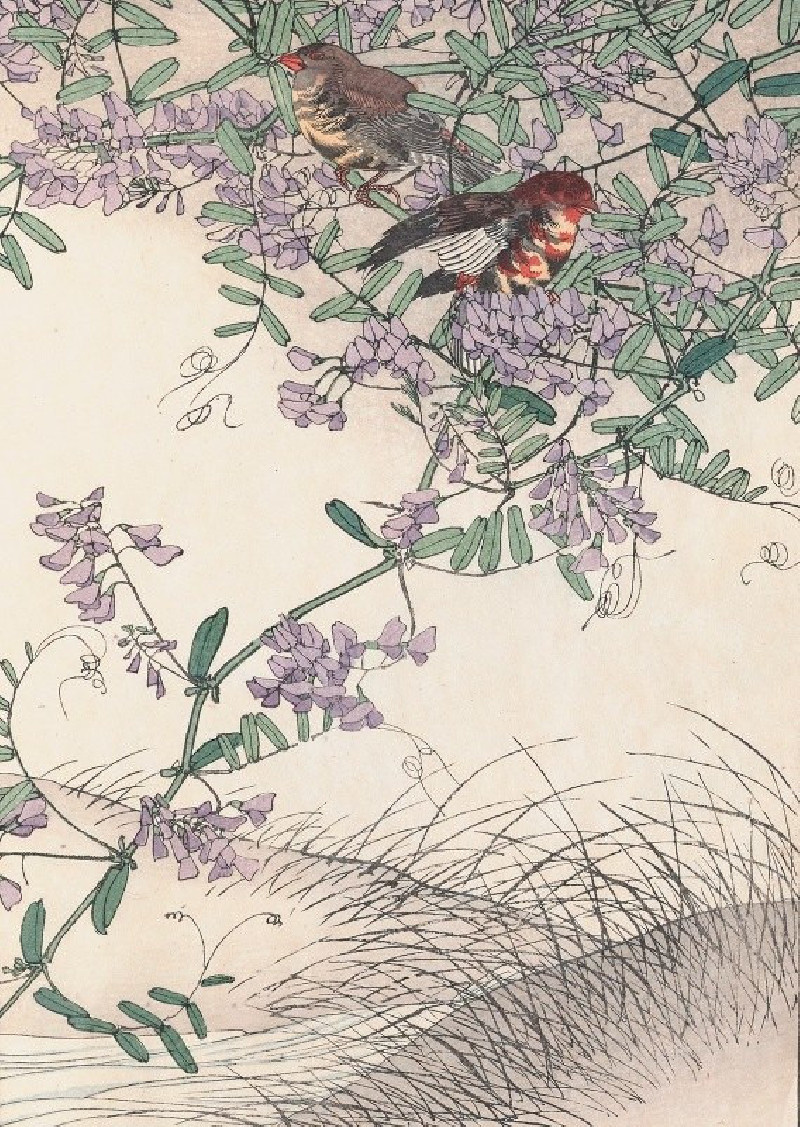
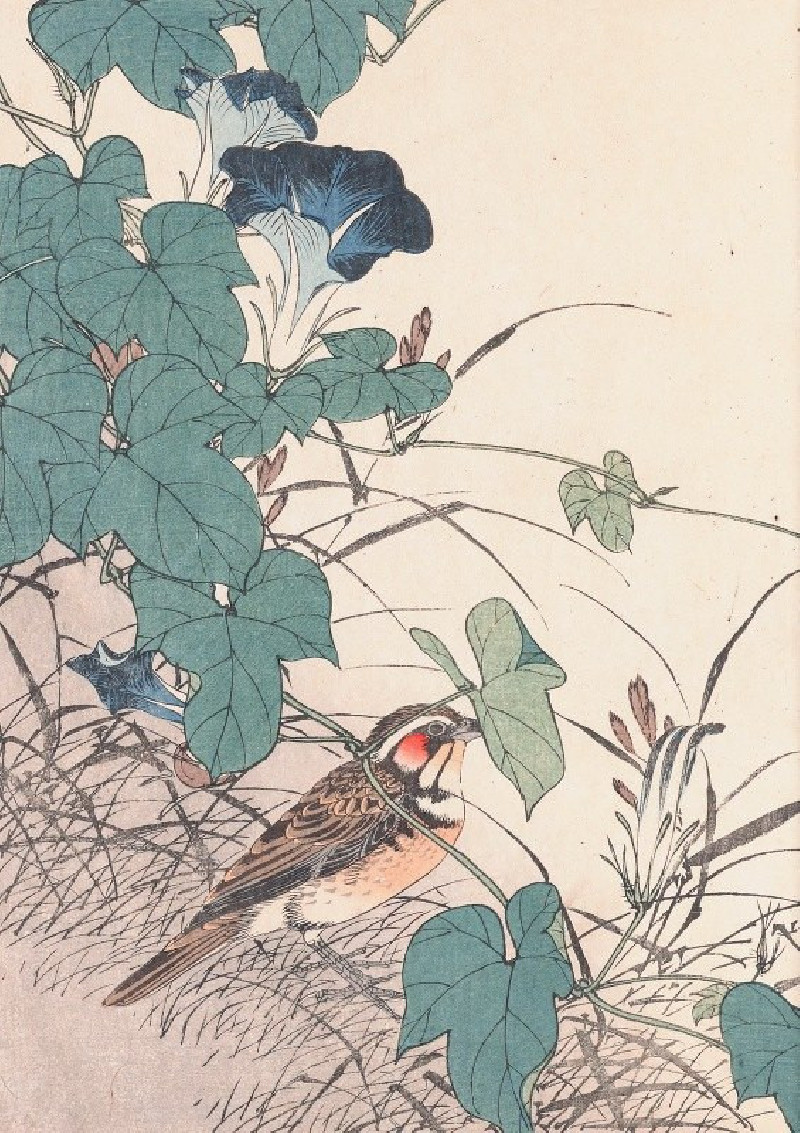
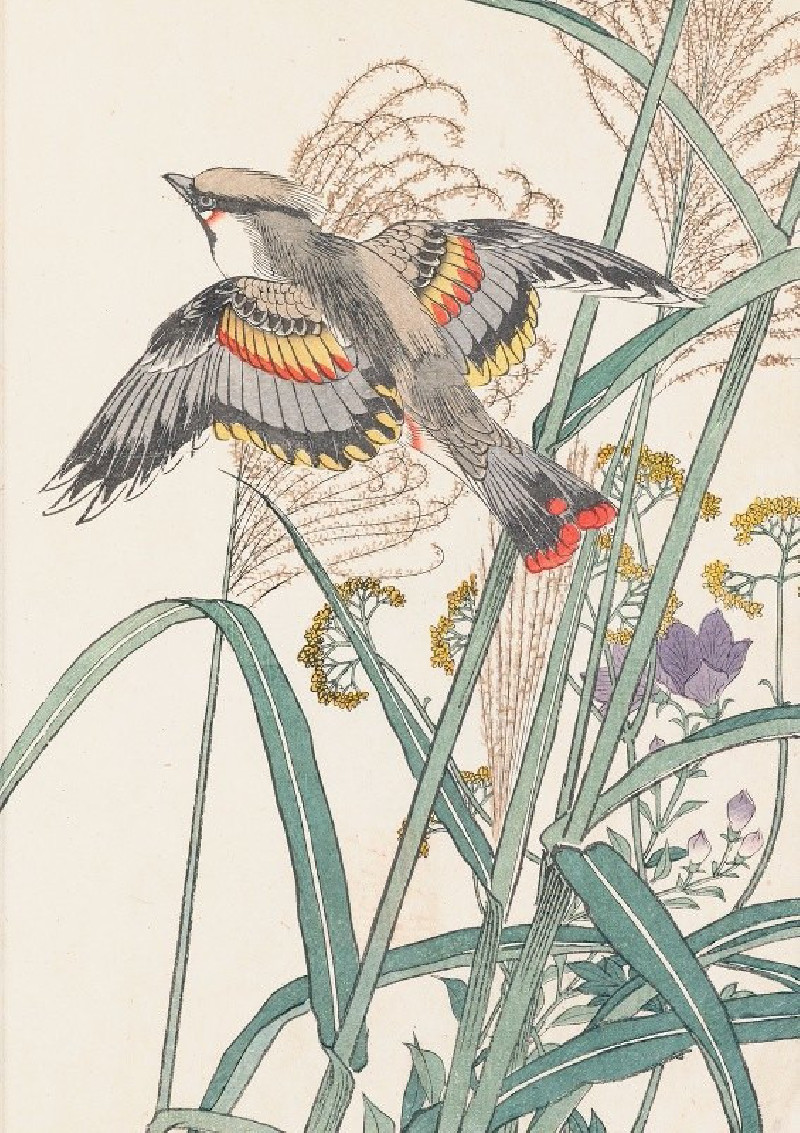
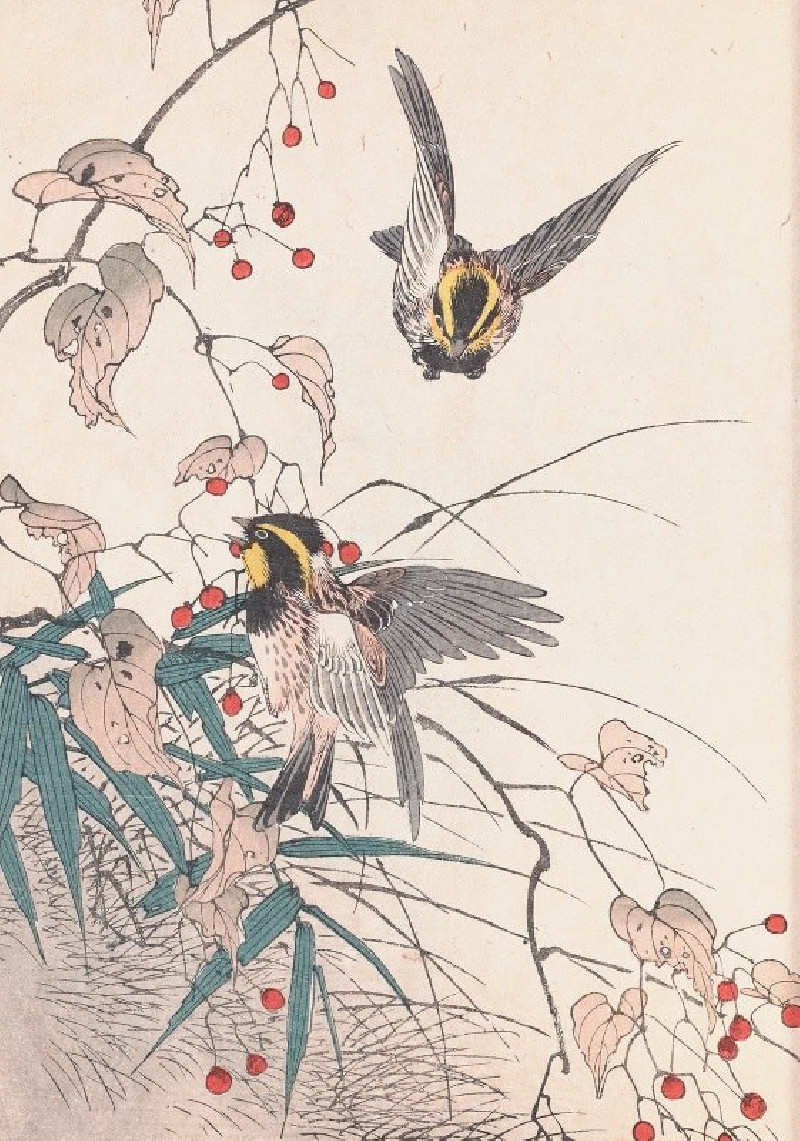
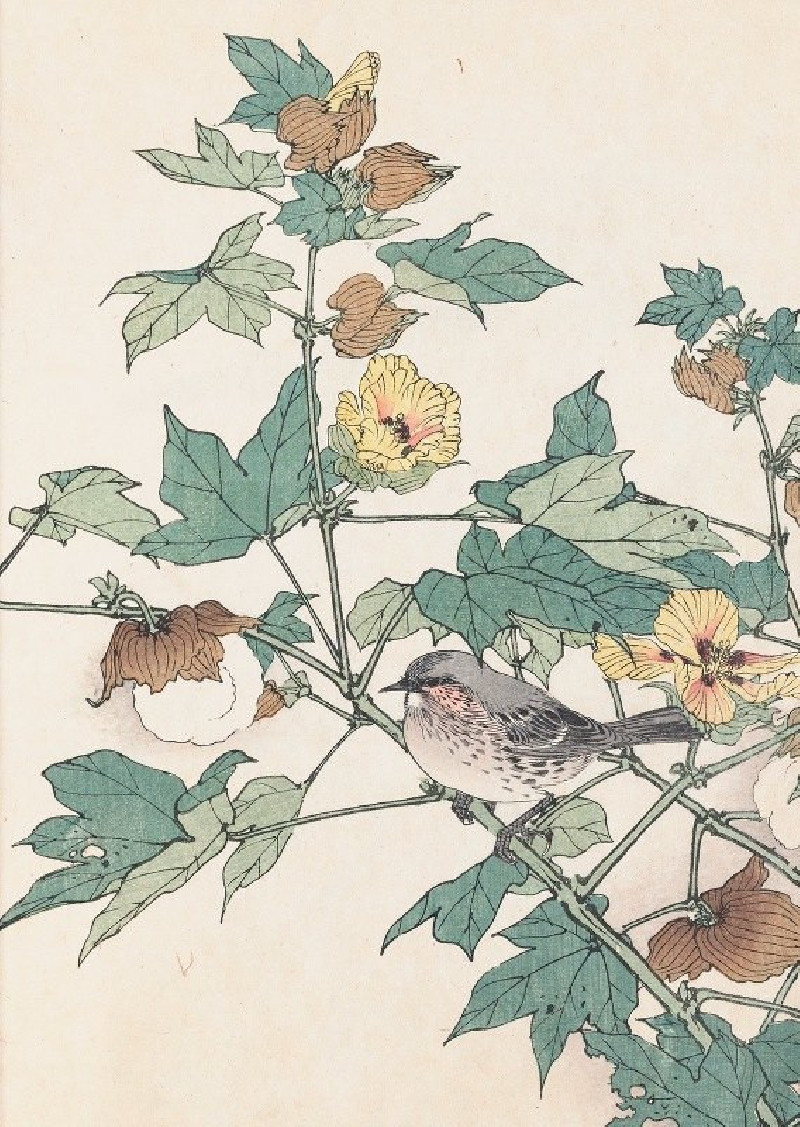
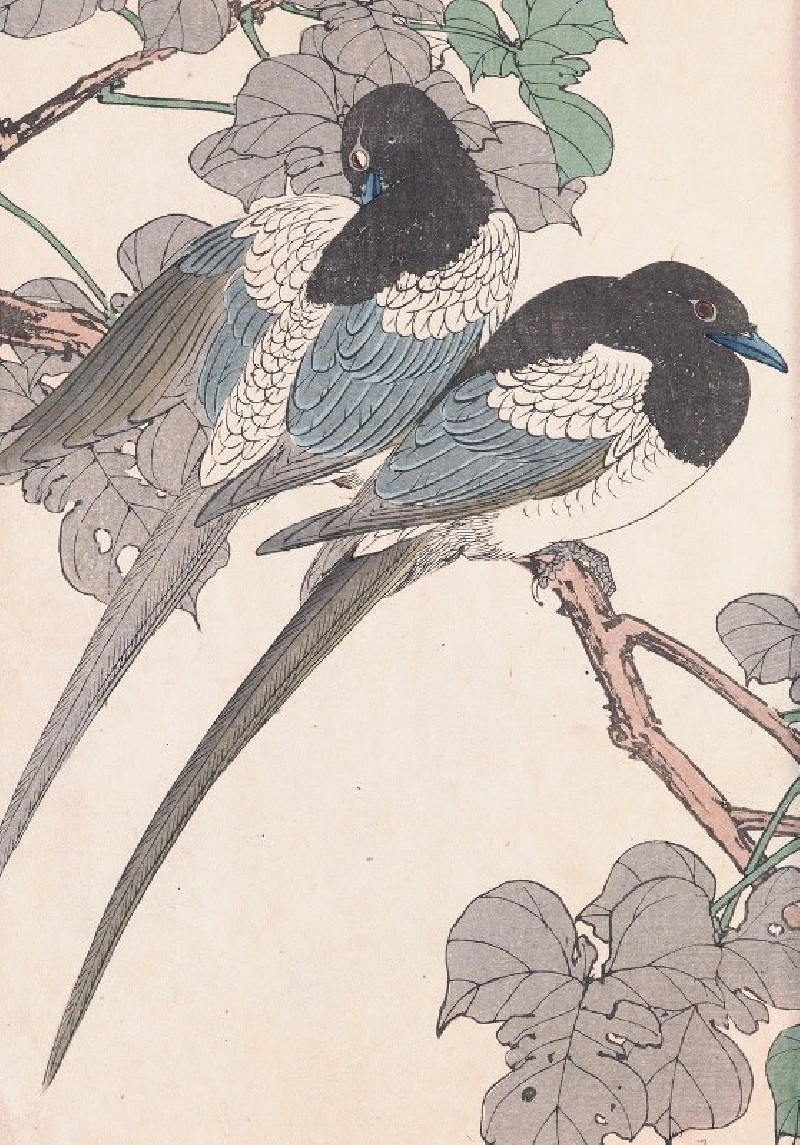
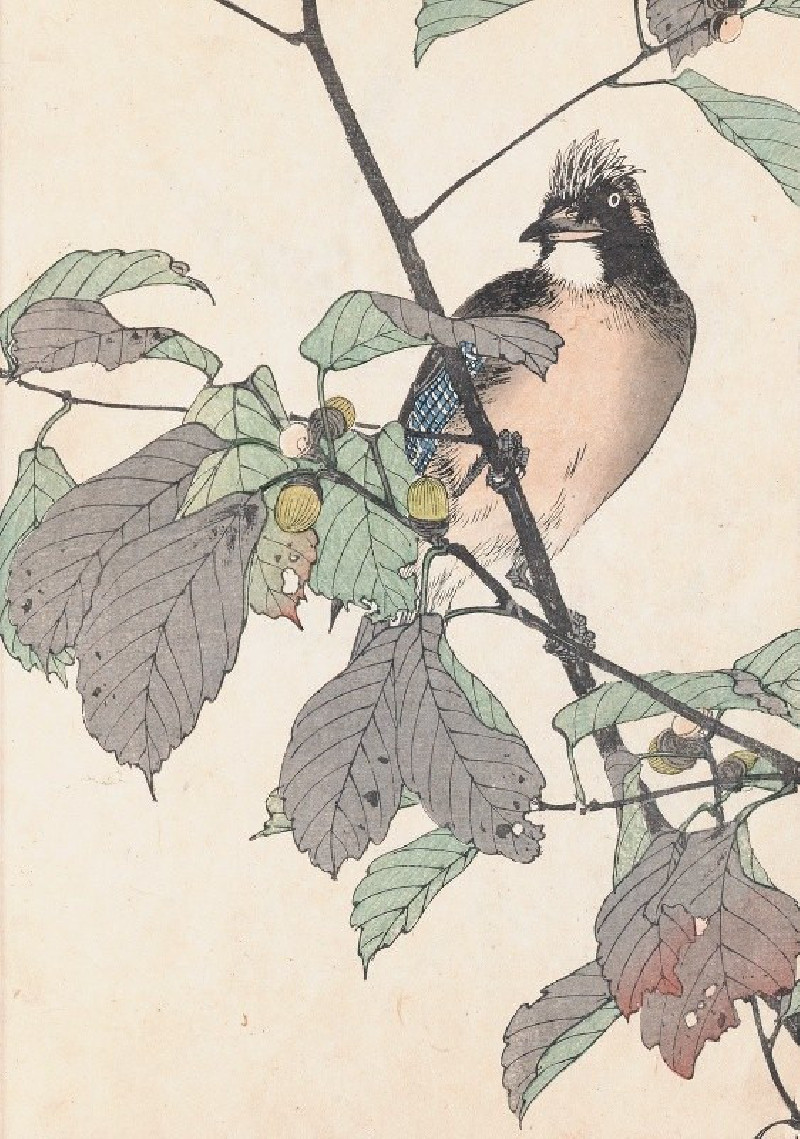
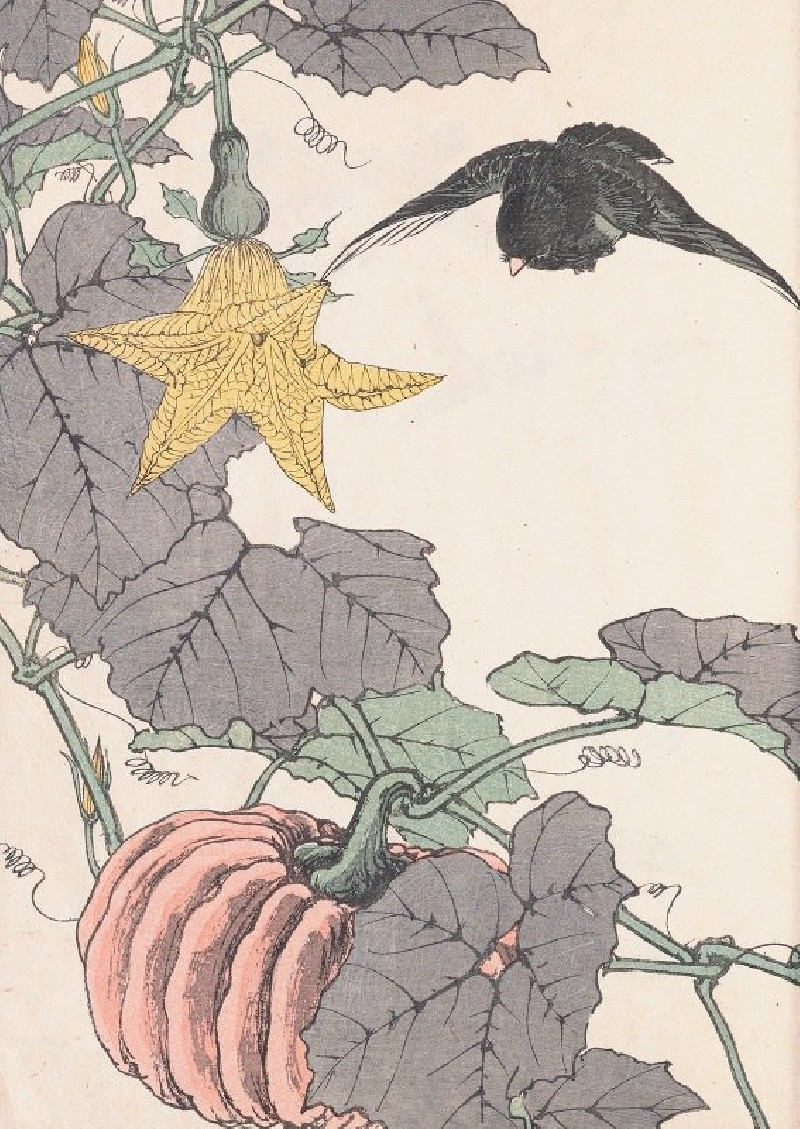
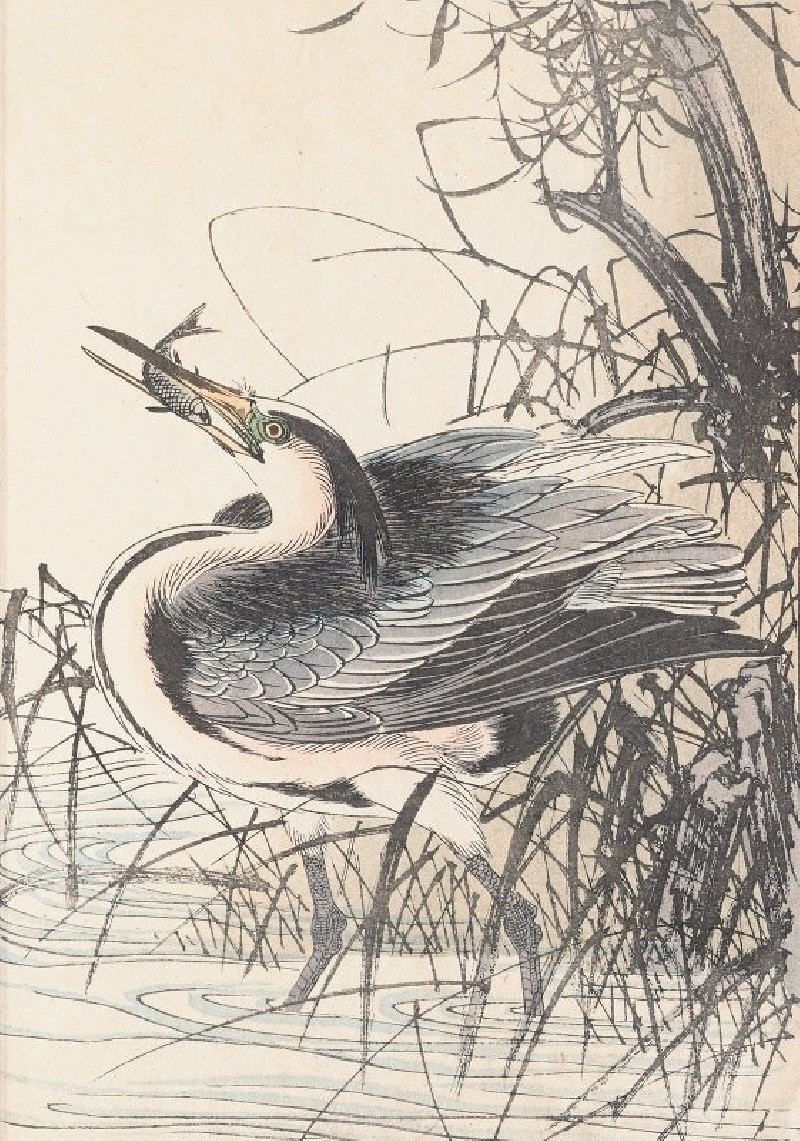
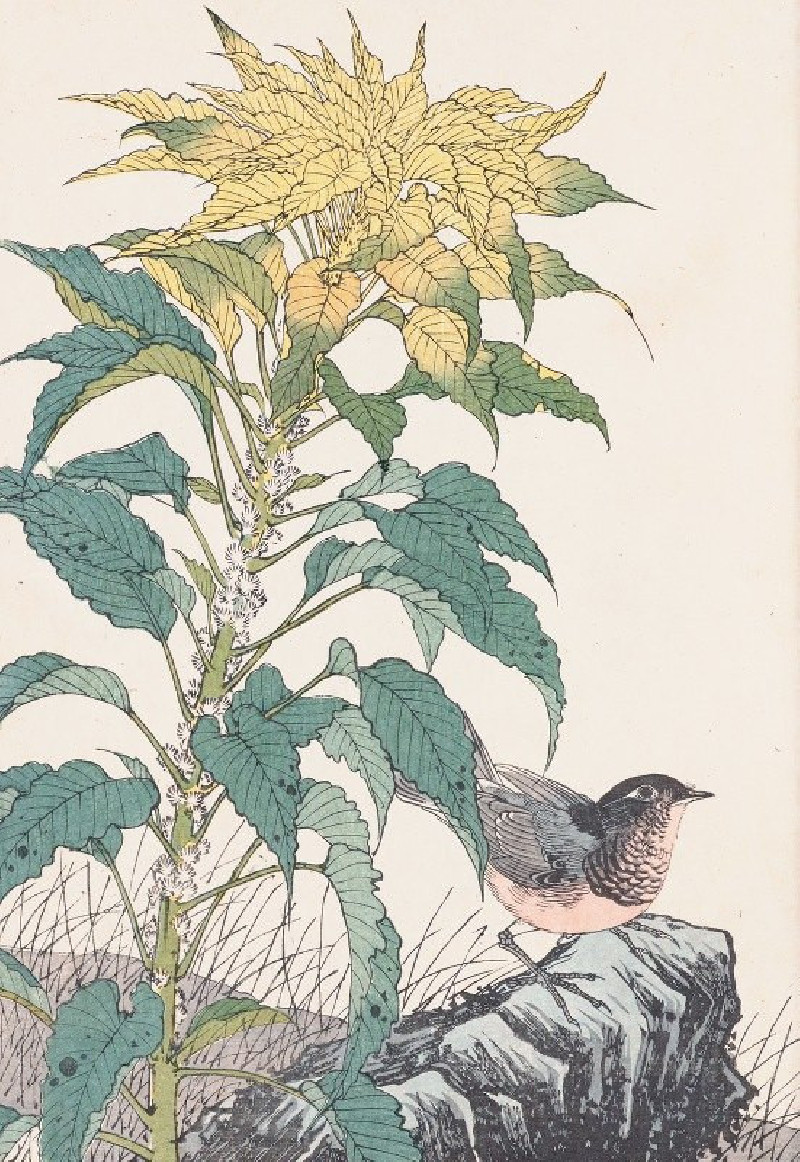
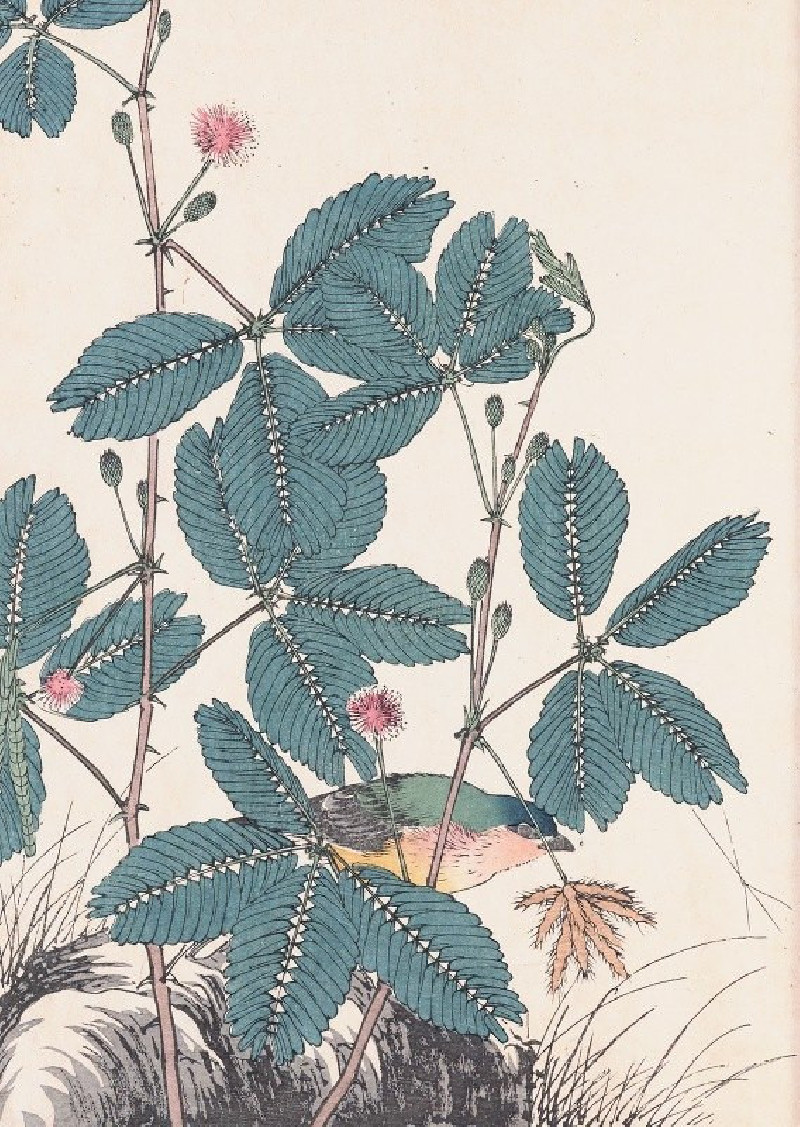
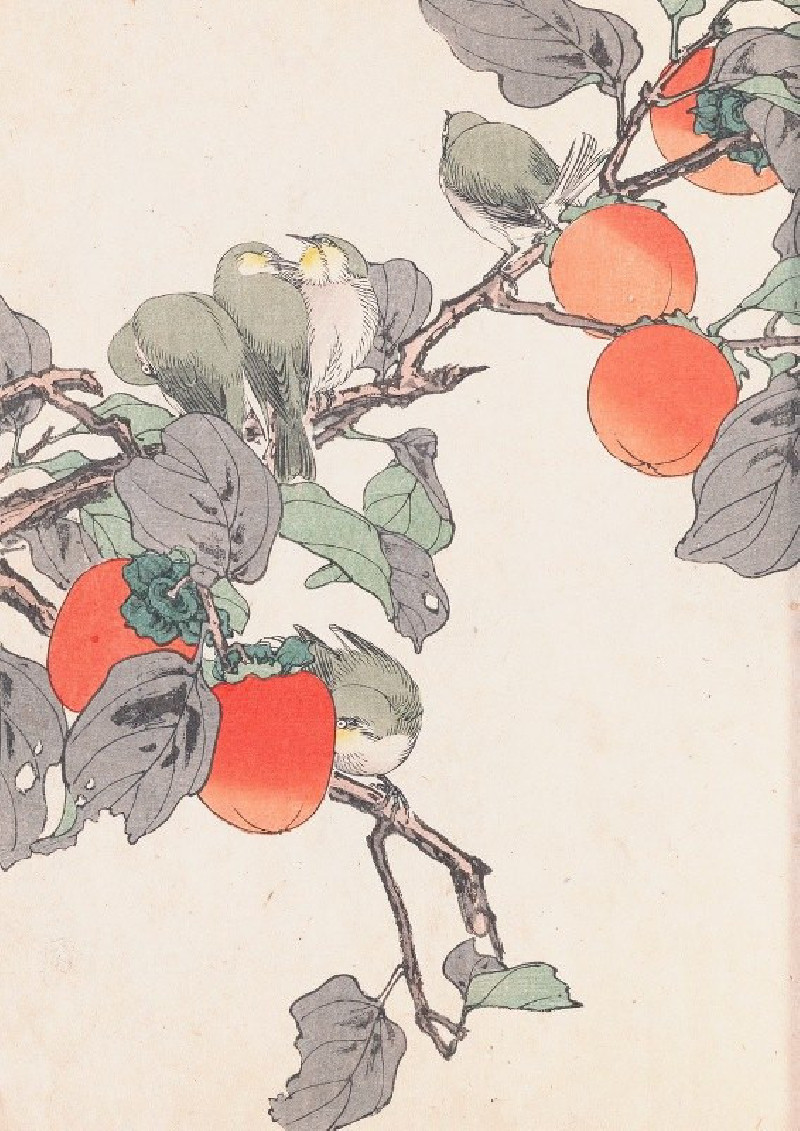
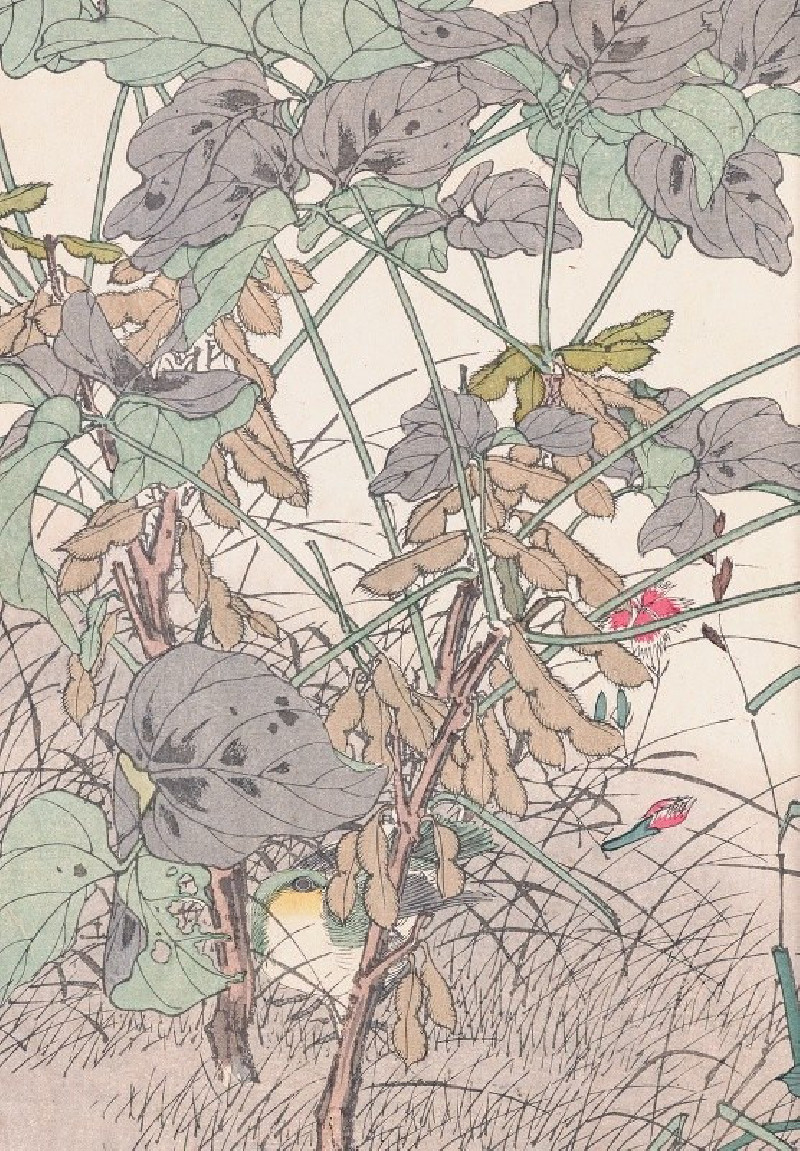
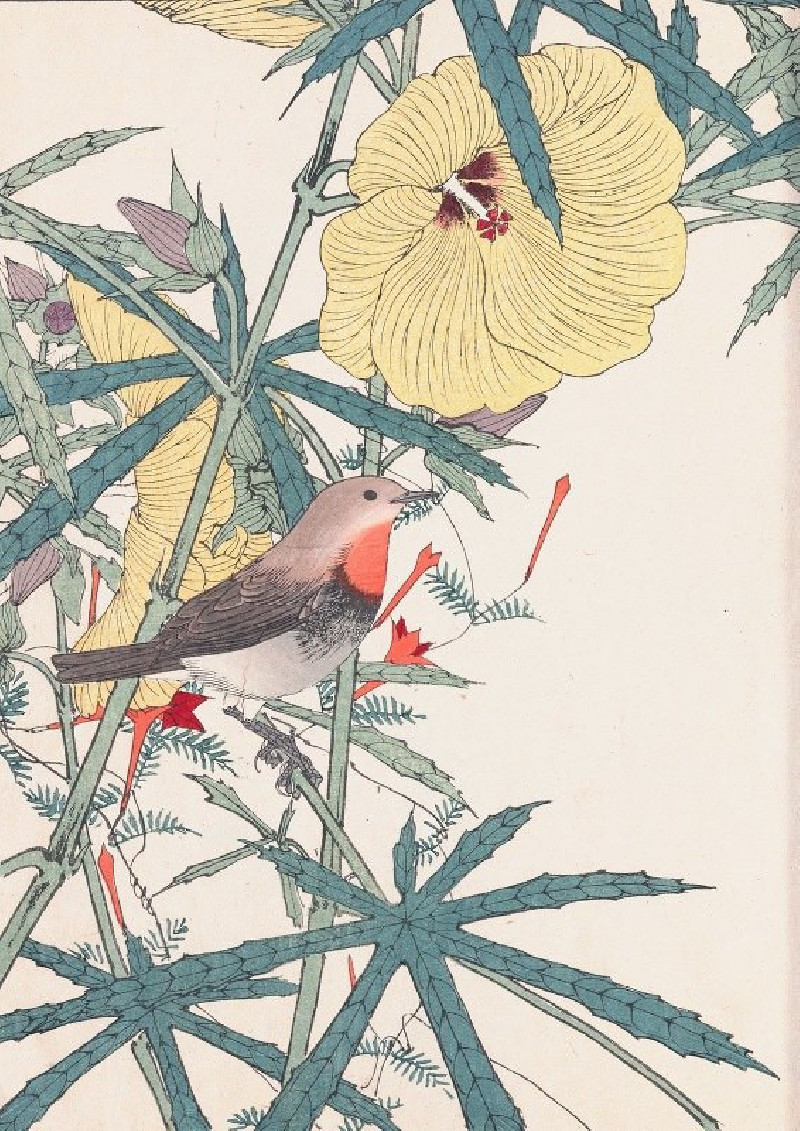
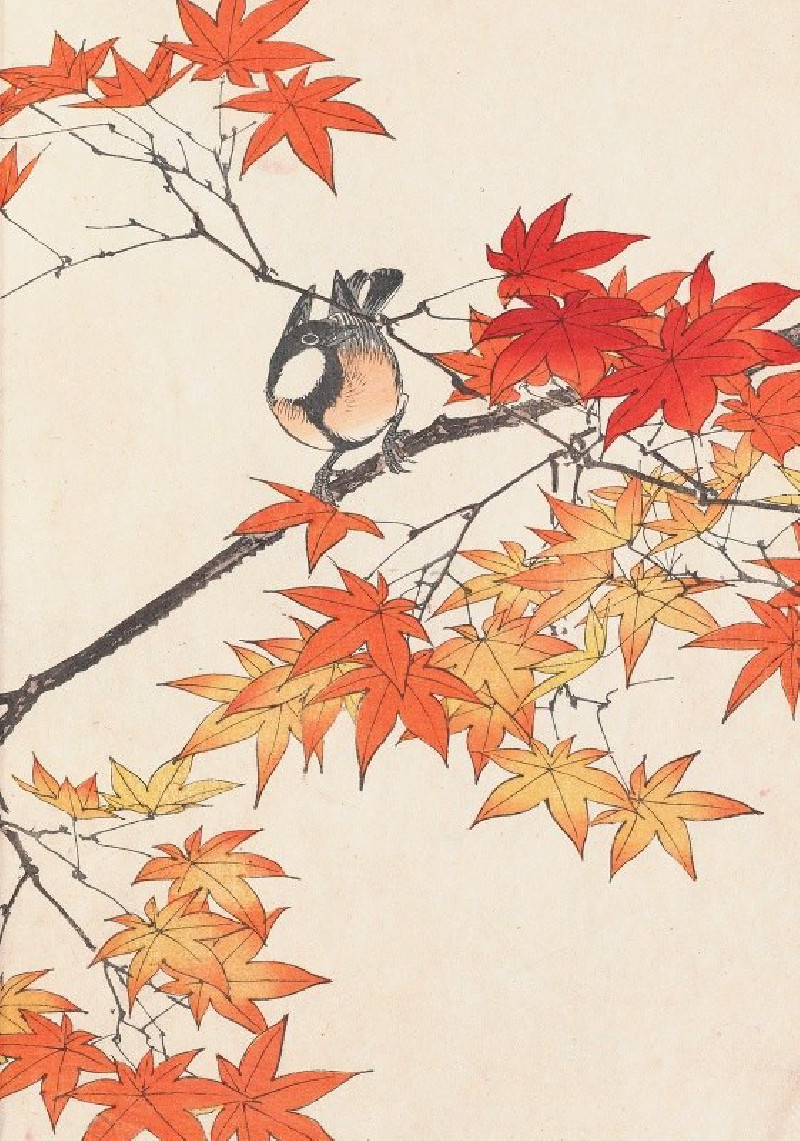
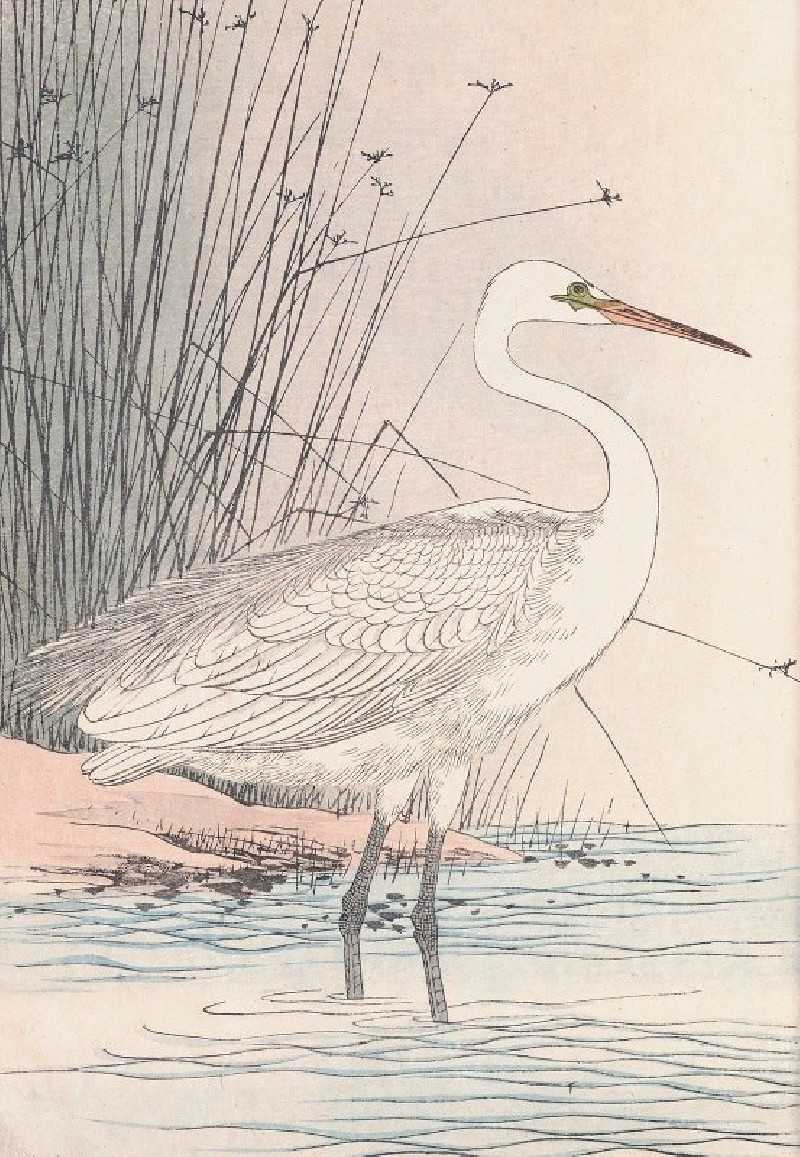
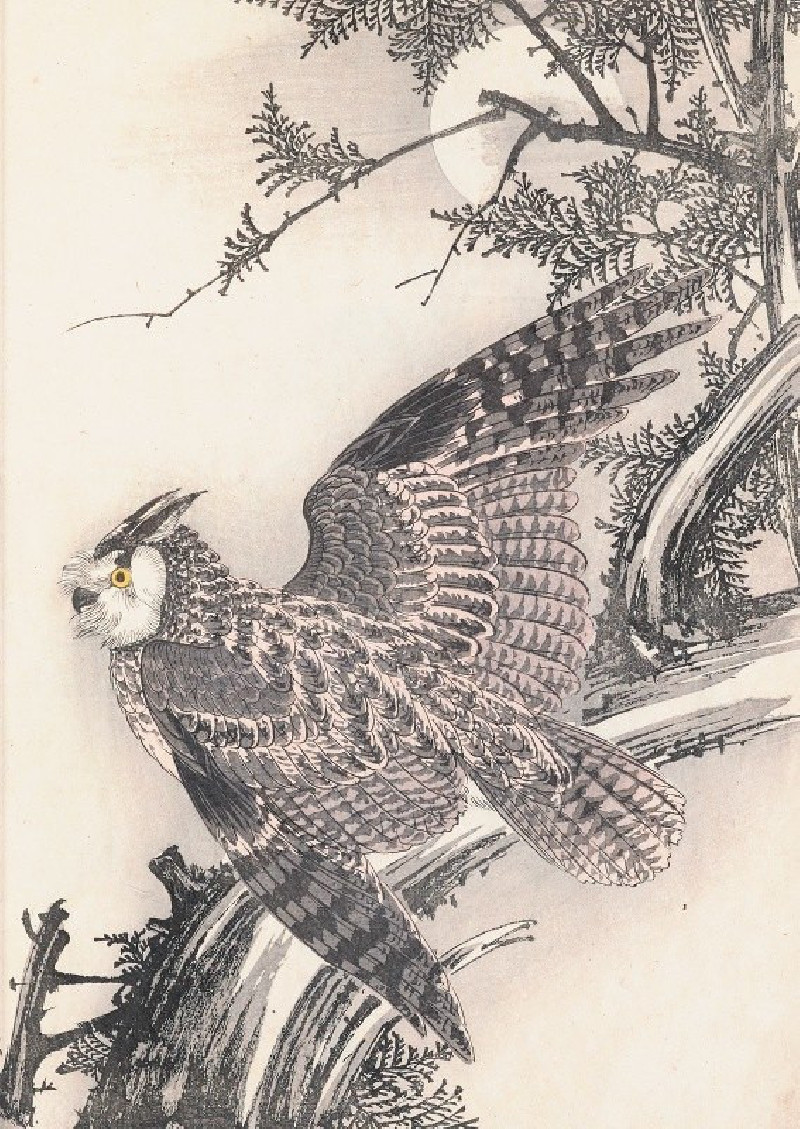
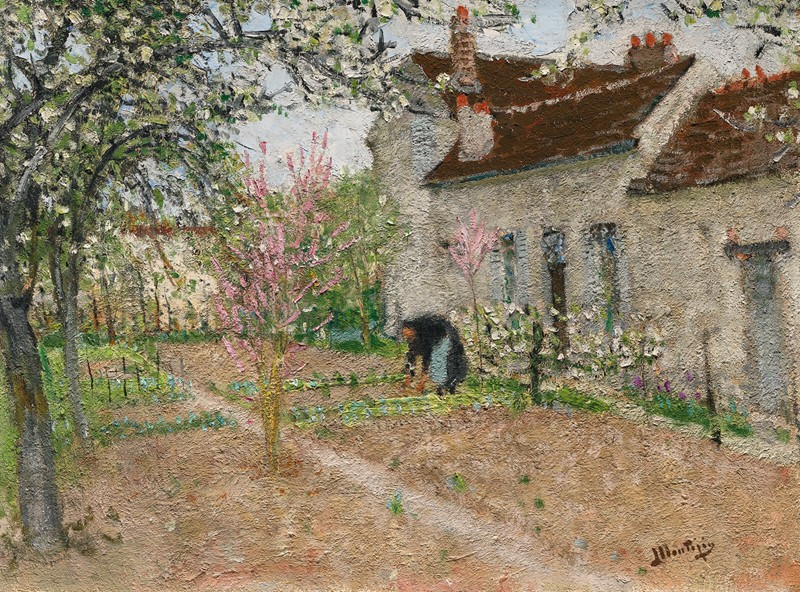
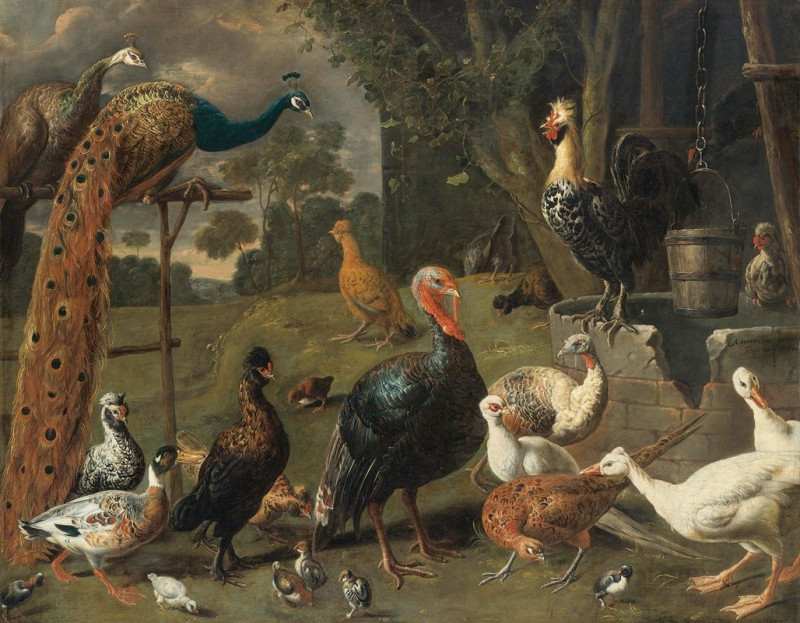
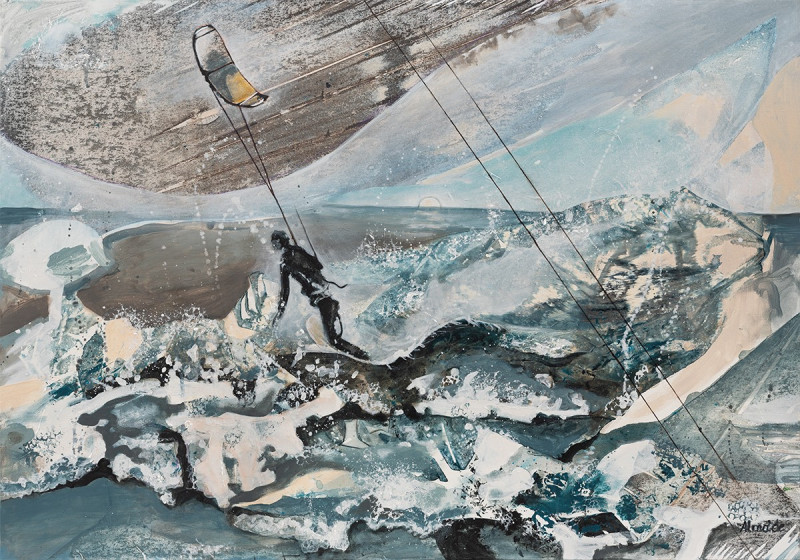
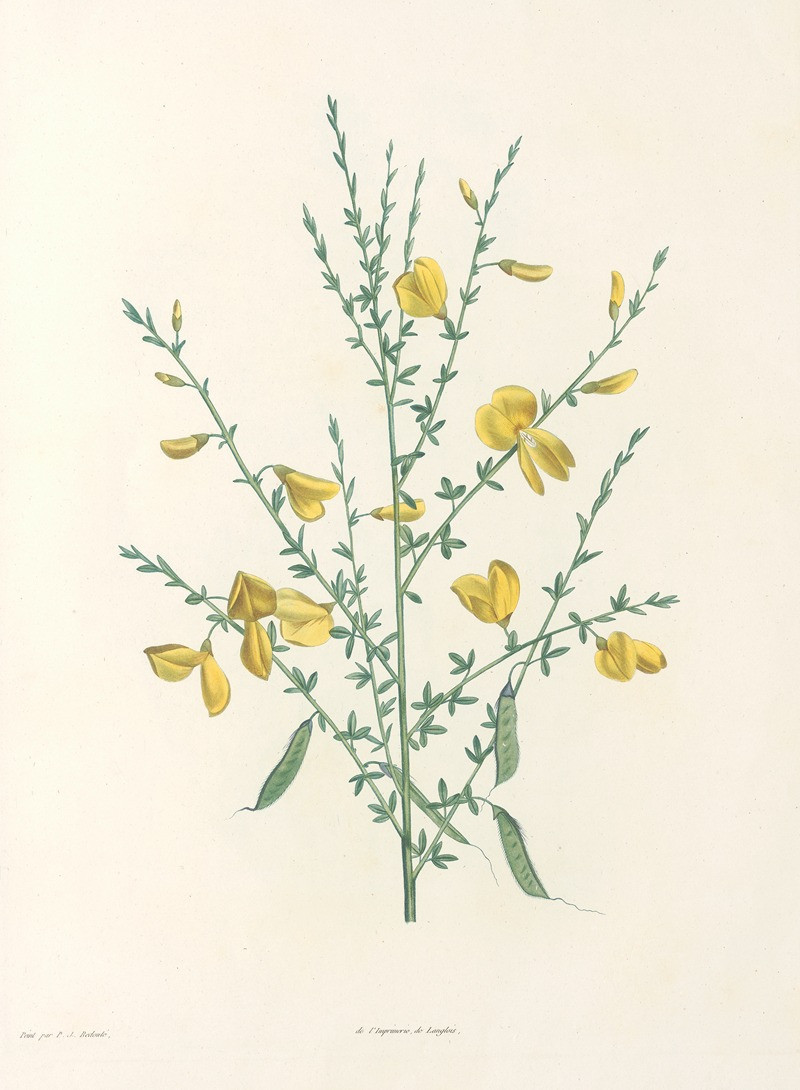
![Medint [sic] Abou [Medinet Habu], Thebes. Dec. 8th, 1838. (1846-1849) reproduction of painting by David Roberts. ALL GICLEE P...](https://reprodukcijos.lt/39163-large_default/reproduction-of-medint-sic-abou-medinet-habu-thebes-dec-8th-1838-1846-1849.jpg)
